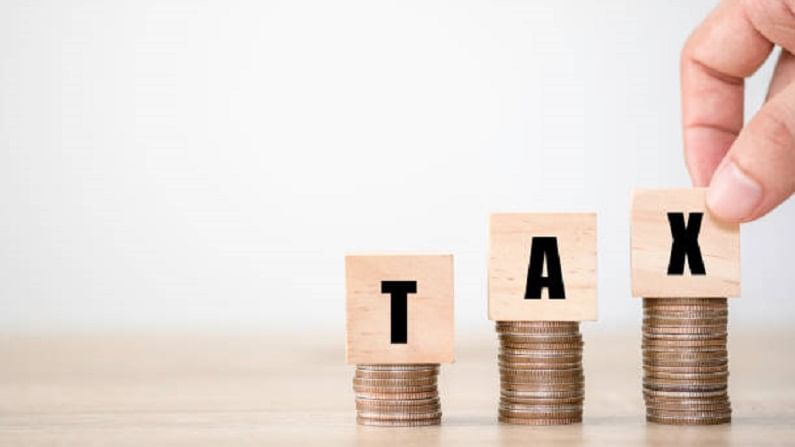The best time to act to save your tax is ‘Now’
The first step would be to zero down the vehicle that you would choose for saving taxes

With five months to the end of the financial year, many of you would be waiting for your employer to send a reminder to share your provisional receipts. But why wait till January 2022 to start your Tax planning. Why not now?
Do you recall the last minute rush – where you hurriedly filled up an insurance application taking the advice of your colleague or used the first option suggested by your favourite search engine? Do you regret collecting four different tax saving instruments/funds chosen over the years due to this last minute rush every year?
Now, as these images run through your mind – take a step back and ask yourself – should investing decisions be made in spur-of-the-moment or done with advanced preparation and deliberation? The tax declaration window for salaried employees generally ends in January, which is three months away and you can very well avoid making any last minute errors.
The first step would be to zero down the vehicle that you would choose for saving taxes. I recommend Long Term Equity Funds under the ELSS category.
An ELSS or Equity Linked Savings Scheme, is a mutual fund scheme that allows an individual or HUF a deduction from total income of up to Rs. 1.5 lacs under Sec 80C of Income Tax Act 1961.
One question that could come to investors mind would be- why should I pick ELSS over Tax-saving FD or PPF.
- While a Tax-saving FD’s and PPF are safer forms of investments and less volatile, an ELSS scheme is the best bet to safeguard your capital against inflation.
- Savings through Insurance policies – both traditional or ULIP’s (Unit Linked Insurance Plans) also qualify under section 80C however the minimum lock-in for these policies is 5 years.
- ELSS has the lowest lock in period among all tax saving options of 3 years. Besides the high upfront charges and mortality costs make returns from insurance plans unattractive.
- Since it is a Mutual Fund offering, you have the option to invest in ELSS via 3 routes – Systematic Investment Plan (SIP), Systematic Transfer Plan (STP) and Lumpsum.
|
Parameter |
ELSS |
Tax-saving FD |
PPF |
National Pension Scheme |
ULIP |
|
Lock-in Period |
3 Years |
5 Years |
15 Years |
Up to Retirement* |
5 Years |
|
Minimum Investment Amount |
Rs. 500 |
Rs. 100 |
Rs. 500 |
Rs. 500 |
Dynamic |
|
Returns |
11%-15% |
5.10%- 6.75% |
7.10% |
Dynamic, based on option chosen |
The returns can vary because an investor can choose any combination of equity, debt, hybrid funds in his investment. |
* The subscriber may exit from NPS before attaining the age of 60 years, only if he has completed 10 years in NPS. At least 80% of the accumulated pension wealth of the subscriber needs to be utilized for purchase of annuity providing for monthly pension to the subscriber and the balance is paid as a lump sum payment to the subscriber. Upon attainment of the age of 60 years : -At least 40% of the accumulated pension wealth of the subscriber needs to be utilized for purchase of annuity providing for monthly pension to the subscriber and balance is paid as lump sum payment to the subscriber. In case the total accumulated corpus is less than Rs. 2 Lacs, the subscriber may opt for 100% lumpsum withdrawal.
ELSS multi-cap in nature
ELSS schemes have a lock-in period of three years from date of allotment of units. After the lock-in period is over, the units are free to be redeemed or switched. ELSS offer both growth and IDCW or Income Distribution cum capital withdrawal Options (previously referred as dividend option). Investors can also invest through Systematic Investment Plans (SIP), and investments up to ₹ 1.5 lakhs, made in a financial year are eligible for tax deduction
Another aspect in ELSS is that most funds are multi-cap in nature, which means they invest across market capitalisation – LargeCap, MidCap and SmallCap stocks. This allows investors to remain tension free about their allocation decisions as they are made by the fund manager depending on which segment seems undervalued or overvalued.
The other interesting aspect about ELSS funds is that being equity oriented investments they can and ideally should be continued well beyond the 3 year lock-in period.
ELSS investments offer the best of both worlds – wealth creation and a tax-saving – ticking all the boxes to qualify for a good tax-saving plan. It remains an excellent investment for the long-term despite the 10% LTCG tax on gains above Rs 1 lakh per annum.
So go ahead, avoid the last minute rush and pick among the 3 options of SIP, STP or a Lumpsum investment in ELSS funds. An ELSS is a great instrument for investors who not only want to improve their Tax Planning but also want to create wealth.

